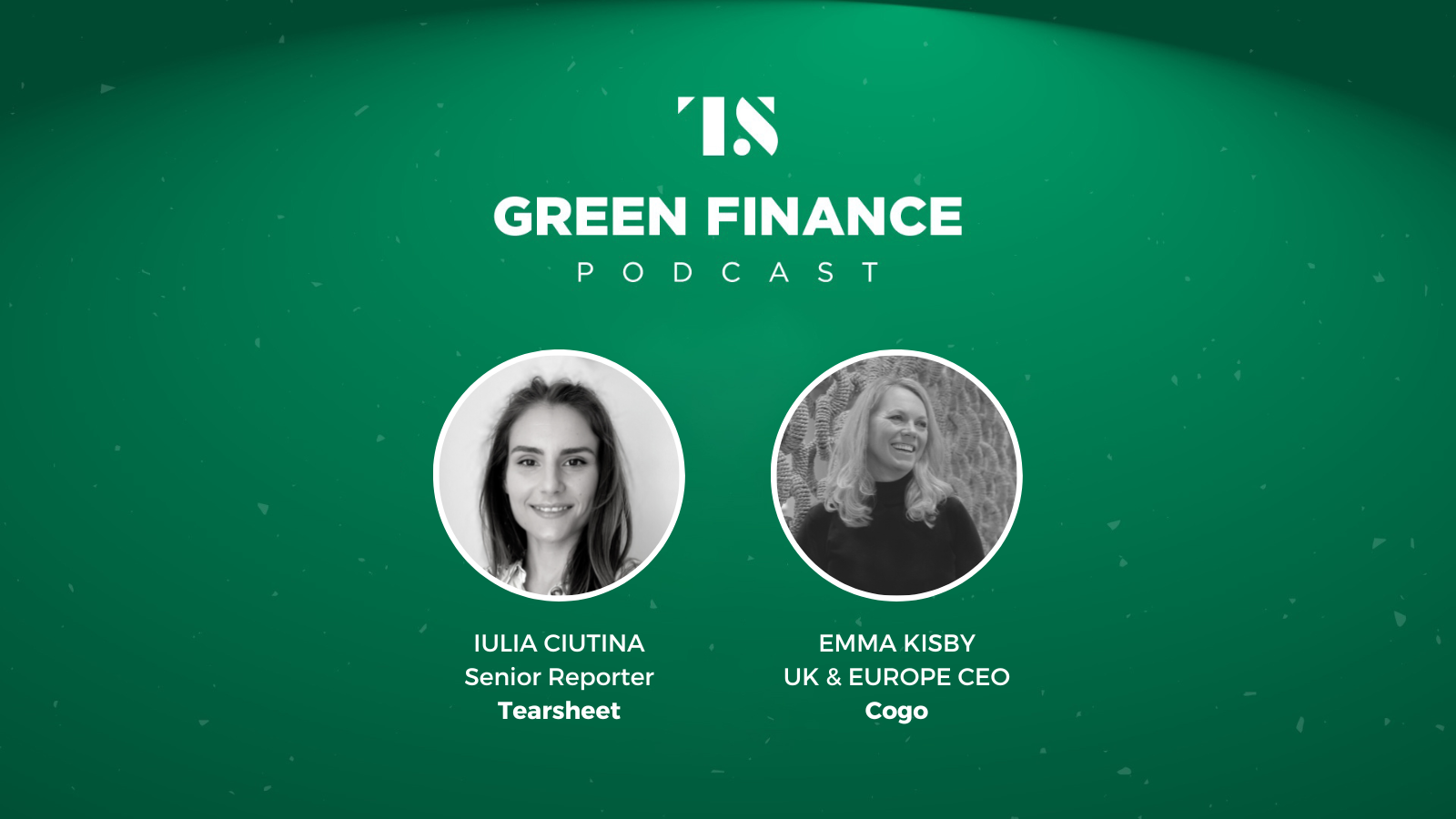The Green Finance Podcast
The Green Finance Podcast Ep. 10: Tangible steps banks can take to help their customers lower their carbon footprint
- The majority of people want to know more about the environmental impact of how they spend their money and want their banks to help them take action and reduce their environmental impact.
- I'm talking about this today with my guest Emma Kisby, UK & Europe CEO of Cogo - a company that provides carbon footprint management products.









